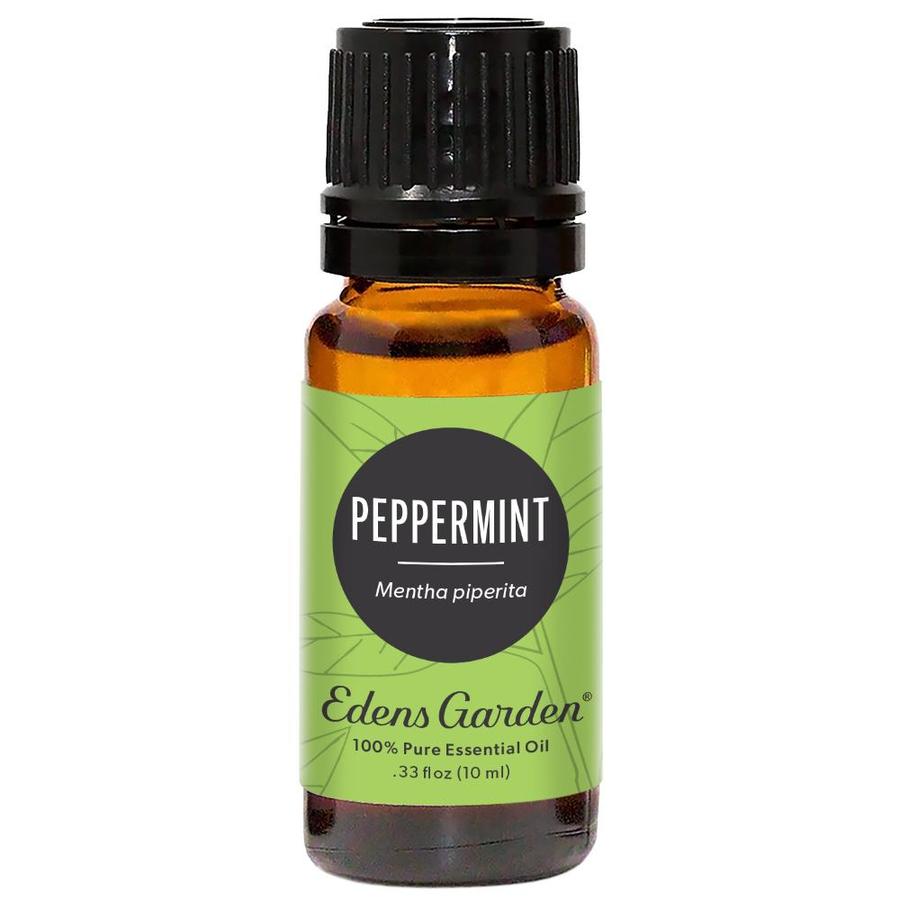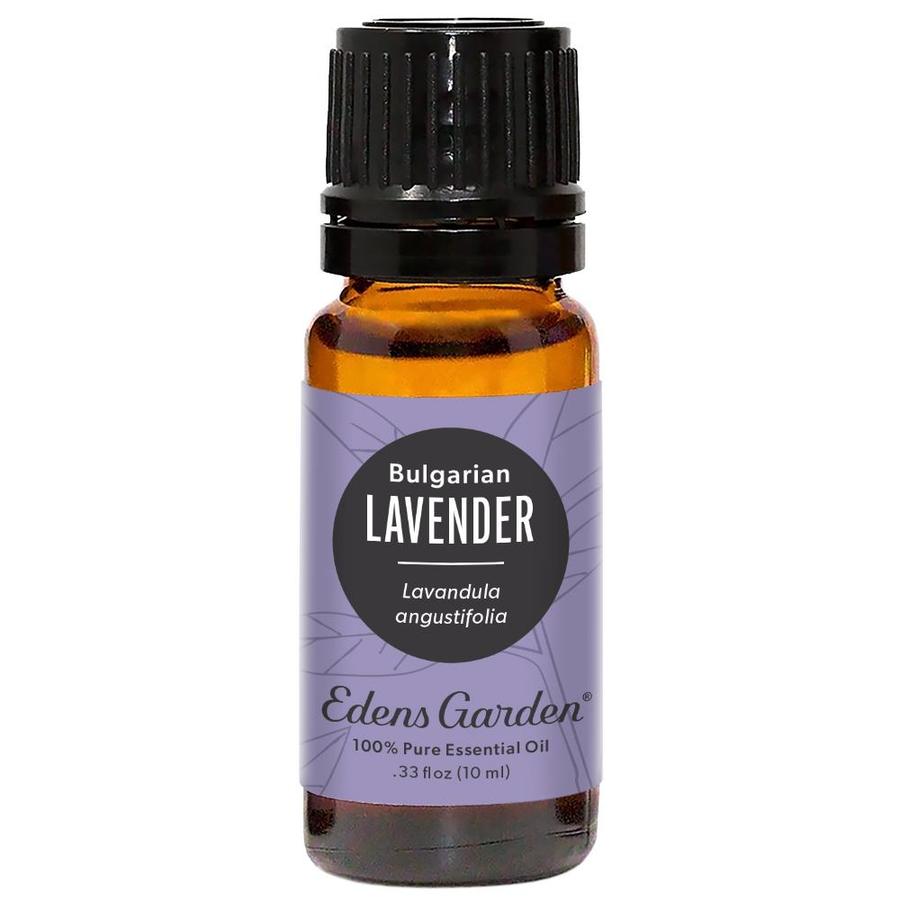Essential Oils & Diffuser Recipes To Help Clean The Air

Aspiring to have a fresh, clean home is a common goal, but not always easy to achieve. Home is a sanctuary where we spend a significant portion of our time. Unfortunately, the air inside of homes can be riddled with pollutants, allergens and germs which burden our respiratory systems. Is a typical air freshener your go-to for masking those unwanted odors?
Consider diffusing essential oils instead, to enhance your air cleansing routine and keep unwelcome impurities at bay with the power of aromatherapy.
Incorporating a diffuser routine into your household activities will help keep your air clean and pure. In this short guide, we’ll go over five of the best essential oils to clean the air, as well as five powerful DIY diffuser recipes.
1. Patchouli
Patchouli isn’t just sweet and musky—it’s also powerfully antimicrobial. In fact, its properties are so strong that one researcher tested Patchouli alongside Clorox to compare their surface disinfecting properties.
Both substances were tested for cleansing glass and metal surfaces from:
-
Staphylococcus aureus (MRSA)
-
Staphylococcus aureus (SA)
-
Escherichia coli (E.coli)
The study found that Patchouli was able to kill a high percentage of bacteria and that it is a great natural air cleaner to add to your diffuser.
2. Basil
Bright and herbaceous, Basil is a pleasant aroma to diffuse. Like Patchouli, Basil is known for its antimicrobial properties. In addition, certain studies suggest it is antifungal and antiviral, too. A few drops of Basil into your essential oil diffuser can help make your indoor air more fresh and can help fight pesky germs and airborne fungi that you cannot see.
What makes Basil such a potent antimicrobial agent? It is thanks to the following chemical constituents:
-
Methyl eugenol
-
Methyl chavicol
3. Red Thyme
Peppery and herbaceous, Red Thyme oil naturally uplifts and invigorates. The aroma can serve as an air freshener when diffused on its own or in an essential oil blend. Besides that, Thyme is another strongly antiseptic agent thanks in large part to the compound thymol.
Red Thyme essential oil has antibacterial properties that can be great for supporting the immune system and respiratory tract. We recommend diffusing it during times of seasonal illness
Other plants in the Lamiaceae family include thymol, too. These include:
-
Oregano
-
Basil
-
Mint
-
Rosemary
-
Sage
While thymol occurs in varying amounts, many of these are great essential oils to clean air.
4. Lime
Citrus oils are a popular addition to surface cleaners of all kinds. While sweet Lime may not come to mind as readily as Lemon essential oil, it is used in cultures throughout the world for its antiseptic and antimicrobial properties.
-
Lime is used in some African nations for a variety of medicinal purposes. A 2005 study on Lime, Ginger and Garlic found that Lime exhibited more antibacterial properties than the two other tested substances.
-
Scientists in Brazil studied Lime’s potential for mitigating tooth decay. They found that Lime is an effective guard against a number of common oral bacteria.
The main chemical constituents in Lime are:
-
Limonene
-
Γ-terpinene
-
β-pinene
This makes it chemically similar to other Citrus fruits with ample amounts of limonene, including lemons and oranges.
With a bright, zesty aroma, Lime can be a helpful ally during the winter cold and flu season. It uplifts just as effectively as it cleanses. Consider adding a few drops of Lime into your diffuser if you do start to feel under the weather as it’s one of the best essential oils for colds. A consistent stream of this aroma can help aid you back to health even as you are asleep.
5. Purify Essential Oil Blend
Are you looking for a pre-made blend that combines several of the most potent essential oils for air purification? Purify synergy blend does exactly what the name says.
It contains:
-
Lime – We’ve already covered this essential oil’s beneficial properties. It lays the foundation for this refreshing aroma.
-
Grapefruit – Like Lime, Grapefruit has ample limonene and β-pinene. It has been proven effective at combating gram-positive bacteria, viruses and single-celled organisms.
-
Lemon – There’s a good reason why limonene-rich Lemon is frequently added to household cleaning agents. It is very strongly antimicrobial. In fact, many scientists are studying Lemon’s potential to be used as a food preservative in lieu of artificial additives.
-
Eucalyptus – Eucalyptus essential oil is used to aid athlete’s foot, reduce blemishes and help combat chest inflammation and colds. Why is this oil so popular? Its proven antibacterial, antiviral and antifungal effects.
-
Lemongrass – As we noted, Lemongrass oil has a similar chemical composition to Basil. Its bright, herbaceous aroma makes it the perfect pairing in this blend.
Citrusy with a slight undertone of menthol, this synergy blend is a great choice to be an for any room in your home.
DIY Diffuser Recipes
Now that you’ve read about our five favorite oils for cleaning the air you’re probably eager to start diffusing!
When you combine the power of several pure essential oils, the resulting blend can have an even stronger effect.
Want to experiment with the oils you have on hand? Next, we’ll share some additional essential oil recipes.
1. Open Air Diffuser Blend
Bring the fresh air from the great outdoors inside with the Open Air Diffuser Blend. If you’re looking for a refreshing combo of essential oils for breathing better, this diffuser blend recipe might be just the thing.
Combine:
While unconventional, this antioxidant essential oil diffuser blend is perfect for livening up the atmosphere. Sweet Patchouli combines with green herbs for a soothing aroma.
2. Kitchen Odor Fighter Diffuser Blend
With all the cooking and dirty dishes, the kitchen can become a hub for unwanted odors. Use this diffuser recipe to keep the aroma clean.
Combine:
-
4 drops Lime
-
3 drops Grapefruit
-
2 drops Tea Tree
Similar to Purify, this homemade blend harnesses anti-inflammatory Tea Tree oil for an aromatherapy blend that soothes you and keeps your kitchen fresh.
These oils also have the added benefit of combating things such as mold spores and hidden bacteria.
3. Fresh & Clean Diffuser Blend
Few things make you feel as accomplished as sprucing up your living space. This diffuser recipe puts the finishing touch on your hard work.
Add the following to your diffuser:
-
4 drops Tangerine
-
3 drops Cypress
-
2 drops Eucalyptus Cardamom
-
1 drop Lemongrass
Combining notes of citrus, pine and herbs, this oil is refreshing. Let it finish the cleaning job by purifying the air while you finally put your feet up and bask in the aromatherapeutic goodness.
4. Stale Air Fighter Diffuser Blend
Leaving the house with the windows shut or without circulation can result in stale air. If you come home after a long vacation or if the weather has been too extreme for open windows, give this blend a try:
-
3 drops Peppermint
-
2 drops Lavender
-
2 drops Rosemary- Spanish
Subtly sweet and minty, it feels like a breath of fresh air.
5. Germ Fighter Diffuser Blend
If you live with your significant other, children, or roommates, you know how quickly germs can spread. At the first sign of illness, diffuse this blend intermittently (30 seconds on, 30-60 seconds off).
-
4 drops Bergamot
-
3 drops Frankincense- Serrata
-
2 drops Cinnamon Leaf
-
1 drop Clove Bud
Citrus Bergamot combines with methyl eugenol-rich Clove and other warming spices to ward off colds.
Note: This essential oil diffuser recipe is not recommended for use around children under 10, so diffuse in your bedroom, if you have little ones.
Clean, Air Purifying Essential Oils
We hope you enjoyed our If you’re using essential oils as a natural disinfectant to purify your home, you want to be absolutely sure they’re formulated without herbicides, pesticides and other potentially harmful substances.
At Edens Garden, we source our natural essential oils from indigenous plants and third-party test our products to ensure their purity. That way, you can breathe easy knowing your favorite essential oil is safe and strong.
To try out several different essential oils at once, create your own set of three, six, twelve, twenty-four, or forty-eight essential oils.
Sources:
- Tam, May Nar. A comparison on the disinfecting effect of patchouli essential oil and Clorox(R) for gram positive and gram negative bacteria. 2008. Hong Kong Polytechnic University MsC dissertation. https://theses.lib.polyu.edu.hk/handle/200/4814
- Singh, N. “Efficacy of Chlorine Dioxide, Ozone, and Thyme Essential Oil or a Sequential Washing in Killing Escherichia coli O157:H7 on Lettuce and Baby Carrots.” LWT Food Science and Technology 35.8 (2002): 720-729. https://www.sciencedirect.com/science/article/pii/S0023643802909333
- Onyeagba, R.A. et al “Studies on the antimicrobial effects of garlic (Allium sativum Linn), ginger (Zingiber officinale Roscoe) and lime (Citrus aurantifolia Linn).” African Journal of Biotechnology 3.10 (2004). https://www.ajol.info/index.php/ajb/article/view/15016
- Lemes, Raiane et al. “Chemical composition and antibacterial activity of essential oils from Citrus aurantifolia leaves and fruit peel against oral pathogenic bacteria.” Anais da Academia Brasileira de Ciências 90.2 (2018). https://www.scielo.br/scielo.php?pid=S0001-37652018000401285&script=sci_arttext
- Takahashi, T., Kokubo, R. and Sakaino, M. “ Antimicrobial activities of eucalyptus leaf extracts and flavonoids from Eucalyptus maculata.” Letters in Applied Microbiology, 39 (2004): 60-64. https://sfamjournals.onlinelibrary.wiley.com/doi/full/10.1111/j.1472-765X.2004.01538.x















Leave a comment (Comments will be approved before showing up)